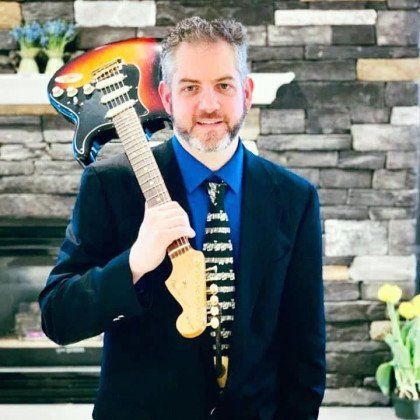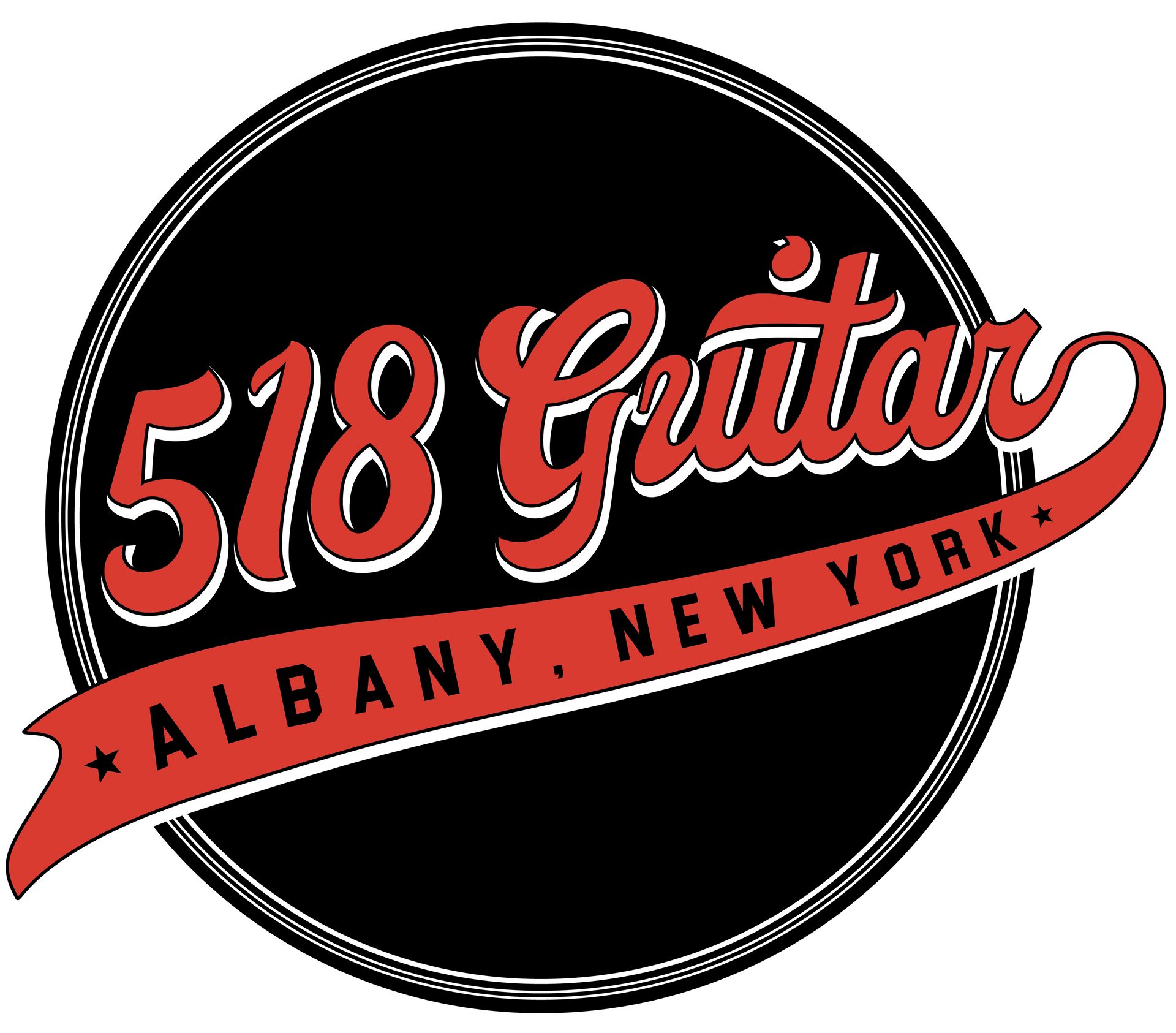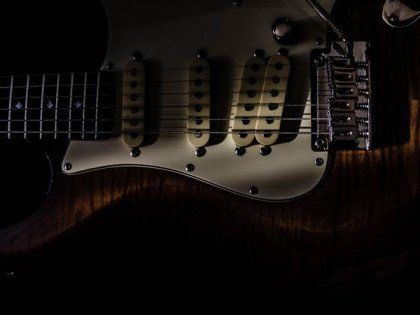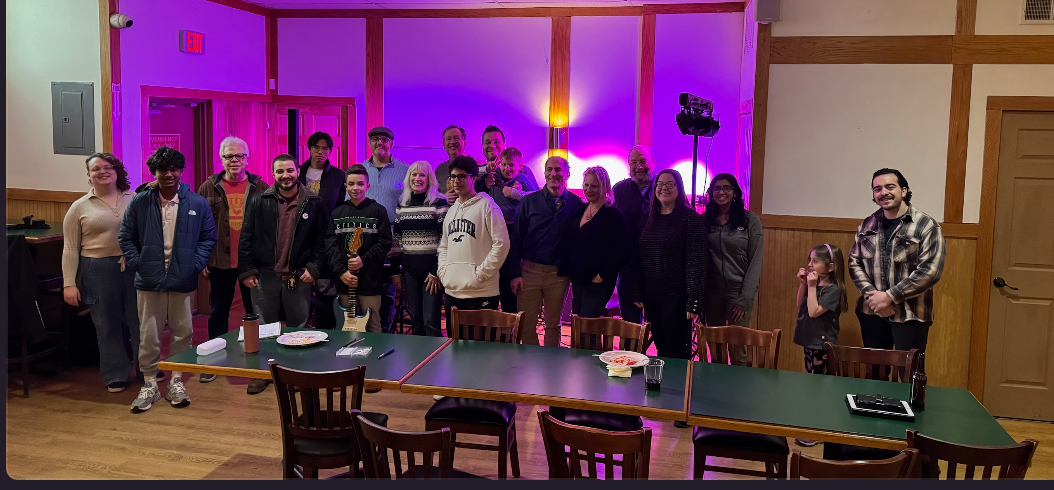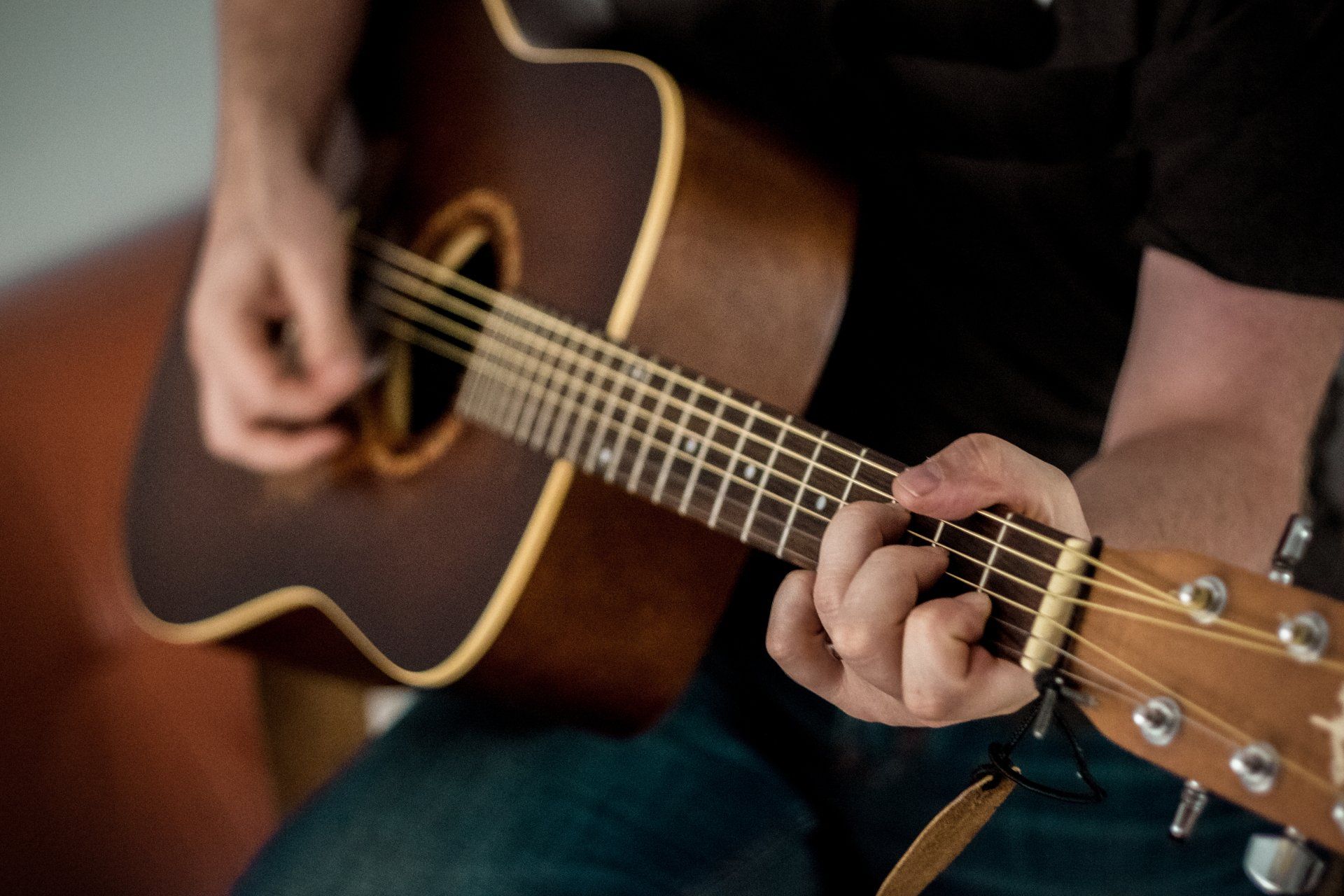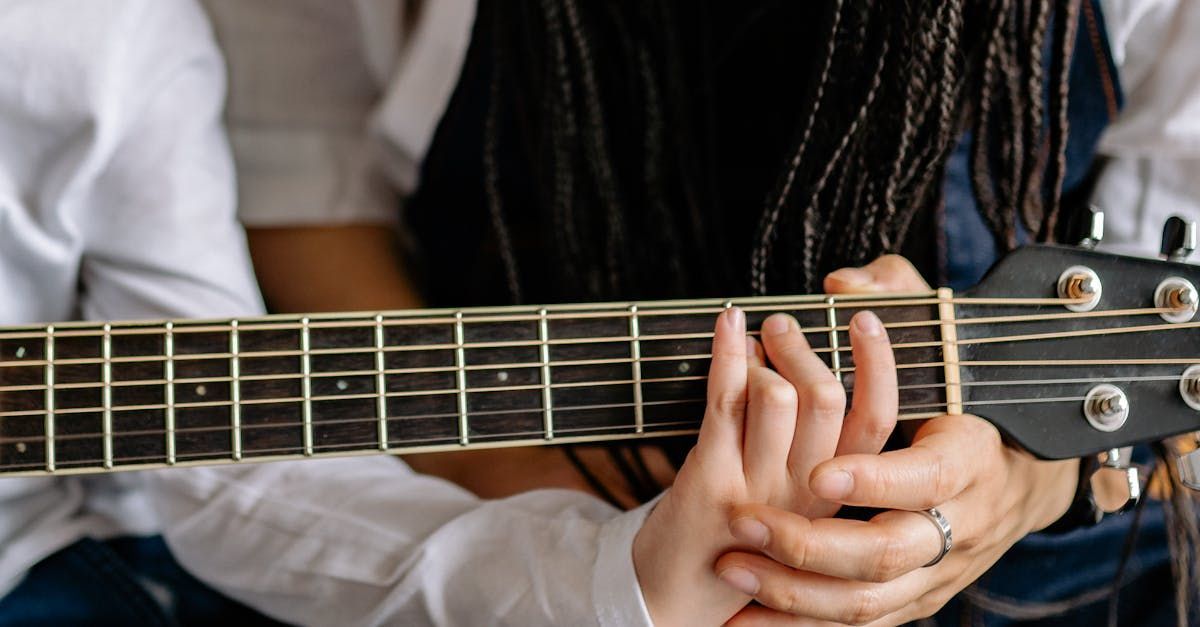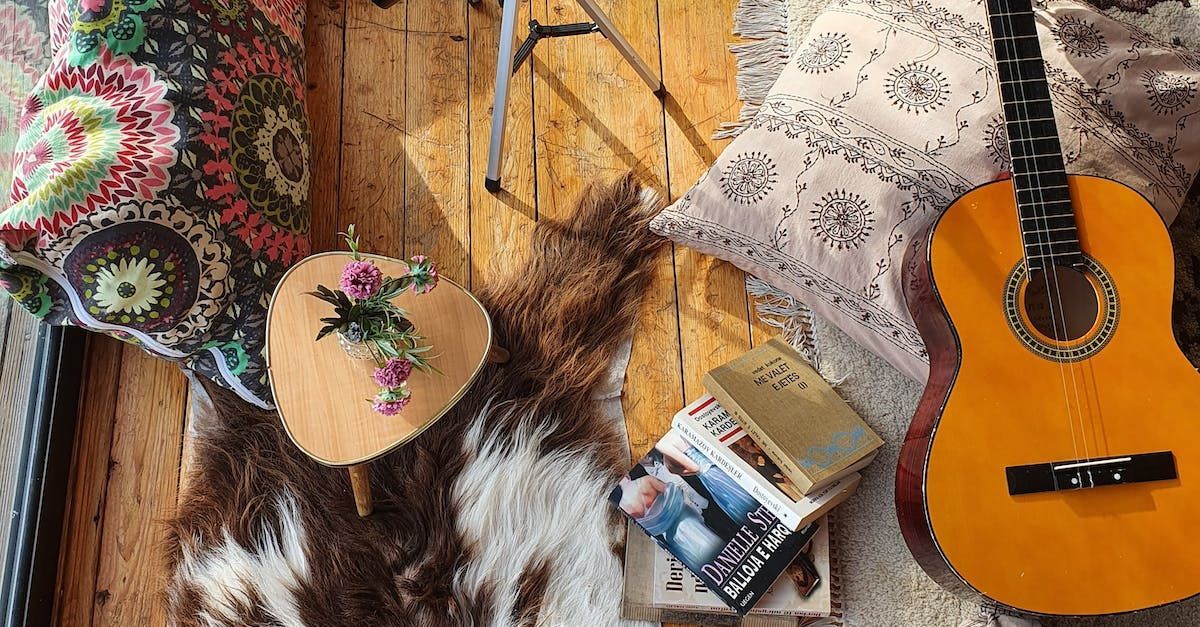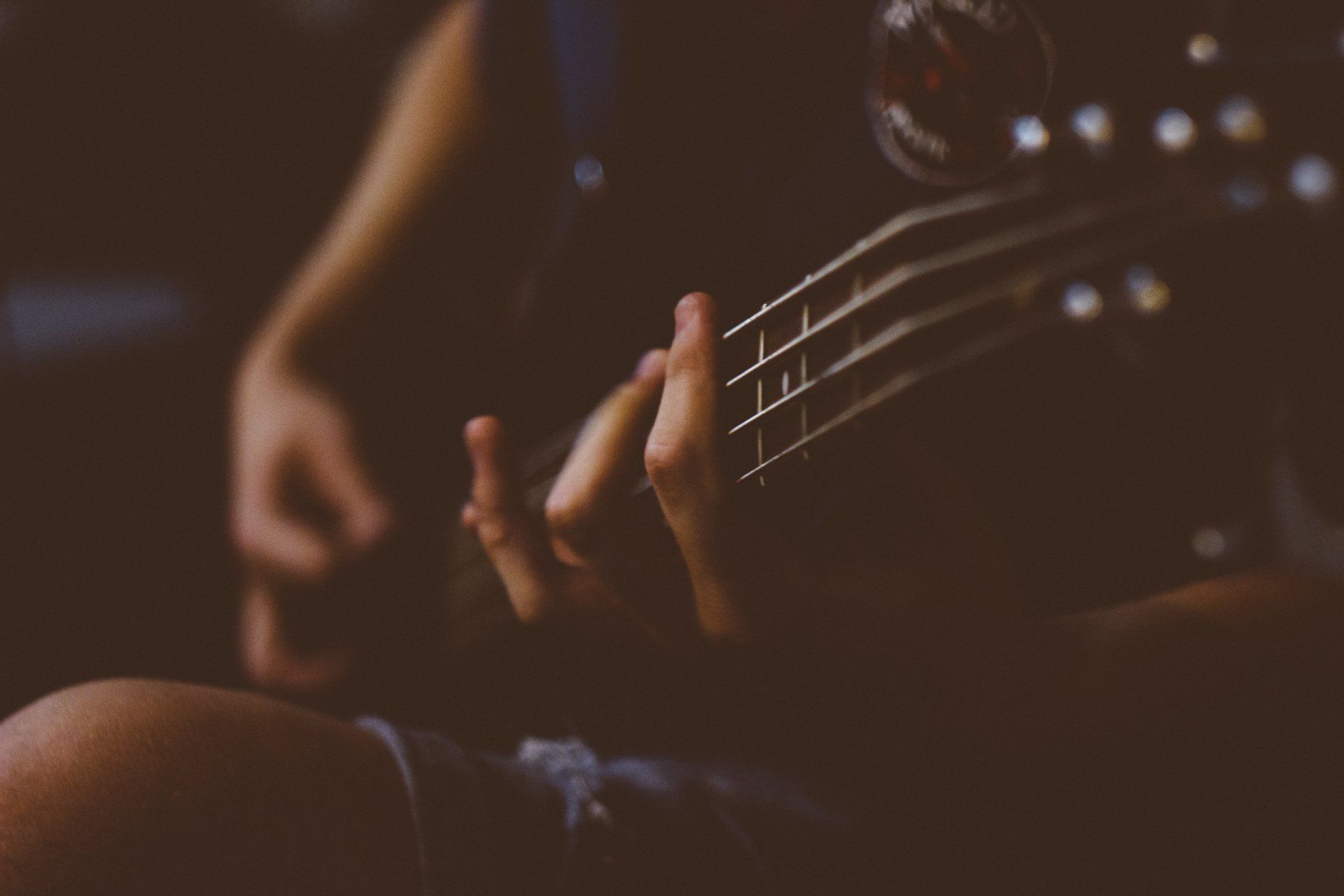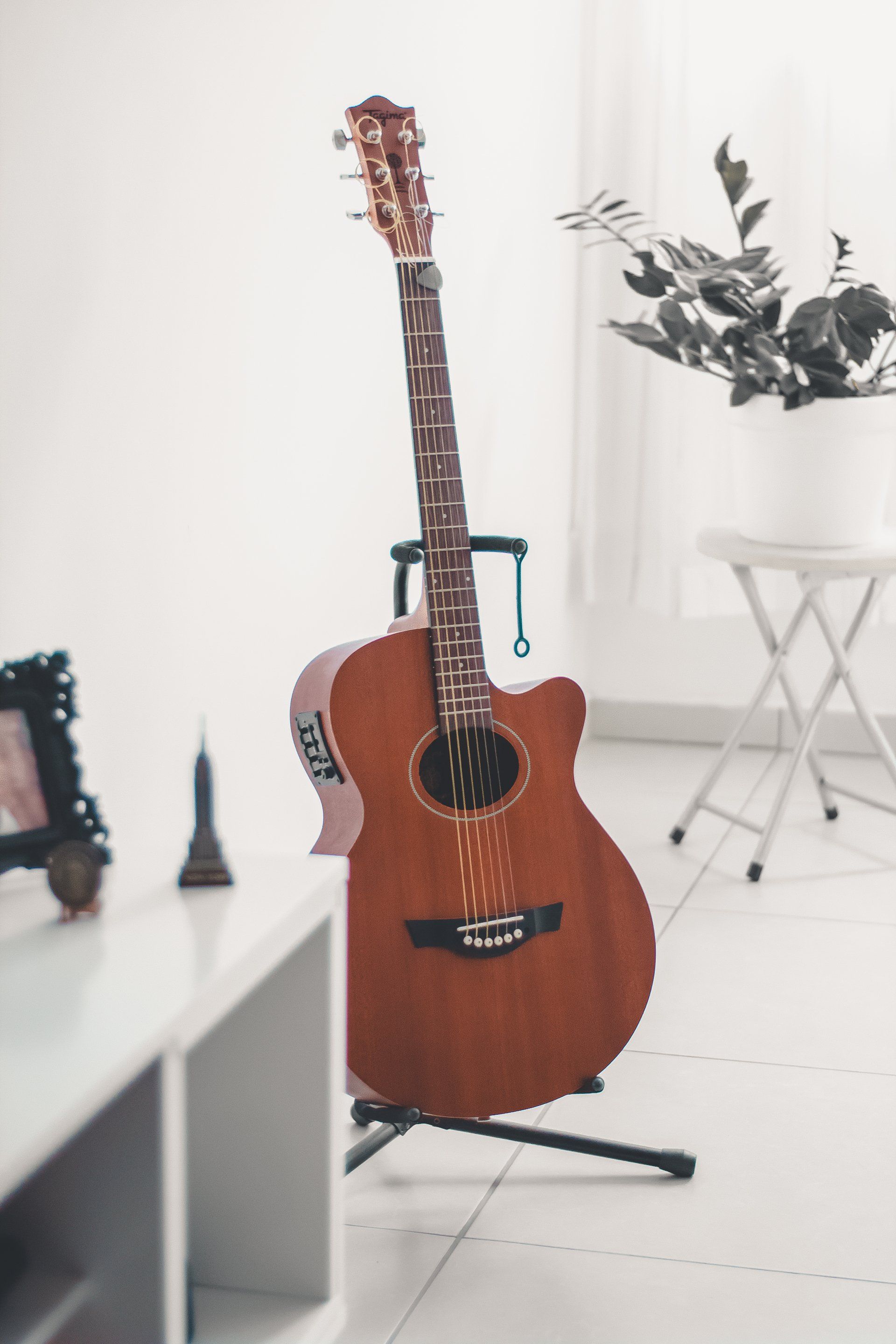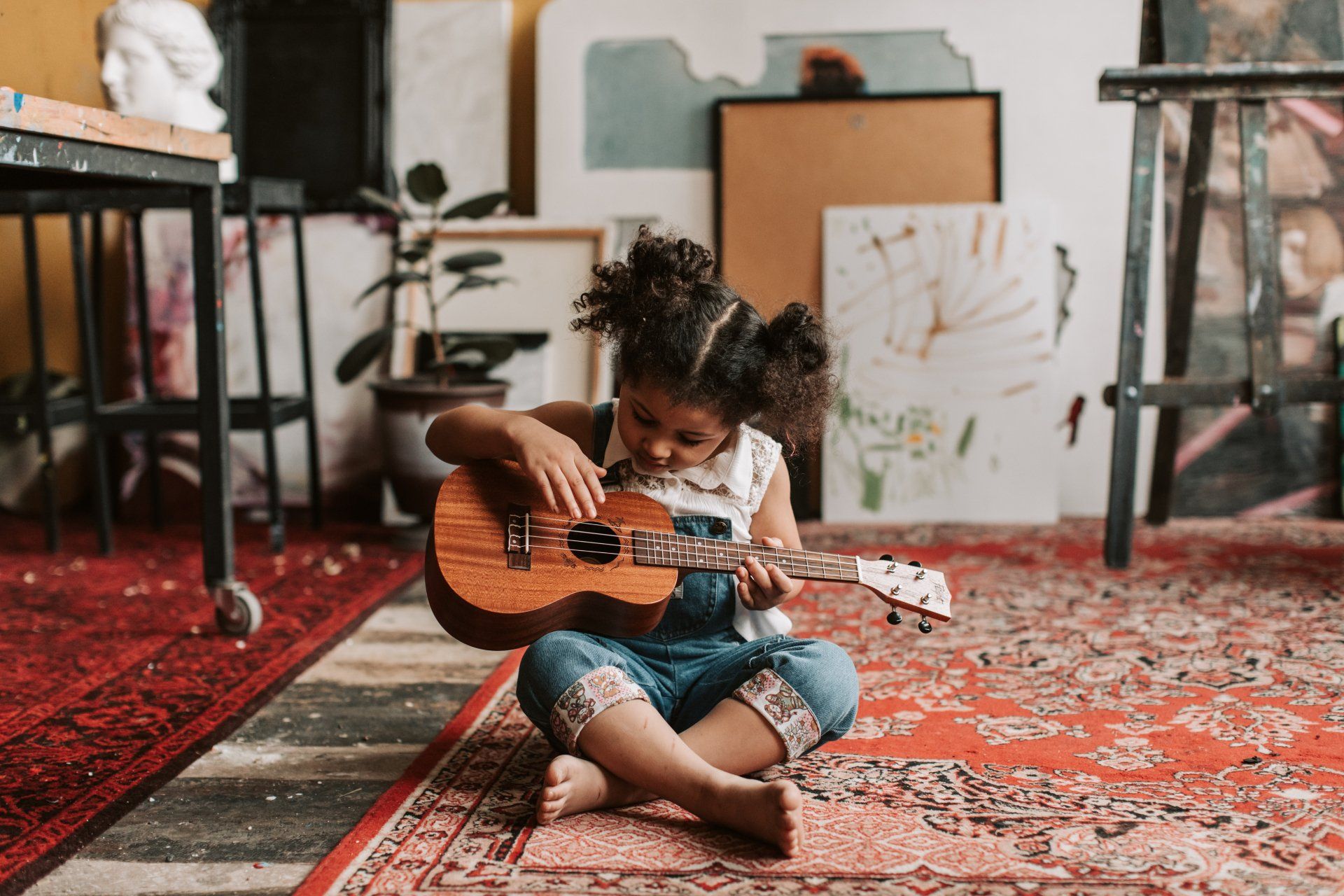So. You've got the time. You've got your instrument. You've got a computer, tablet or smartphone with a great connection. And...most importantly...you have the desire to learn and grow.
What now?
There are so many sources out there for you consume as a guitar student. From raw beginner all the way to gigging musician. Finally - we have the time and quiet we've all been waiting for! You sit down with your guitar and.......
2 hours later, you're right back where you started. Well, maybe tomorrow night, you tell yourself. After 4 days of solid practice, you are just as befuddled, confused, and distracted as you were before. What's going on?
Lack of a plan - that's what's going on. As our witty founding father, Benjamin Franklin, said: "If you fail to plan, you are planning to fail".
You owe it to yourself to sit down - no instrument in hand - and make a list BEFORE you start practicing. It is the ONLY way to avoid failures and plateaus on the instrument. Here are my recommendations on how to do this. This has worked for me and hundreds of my students over my years of teaching. It is quite simple - WHAT, WHEN, WHERE, and HOW.
I hope you already have answered the "Why"...which is 'why' you are here, and motivated to learn.
